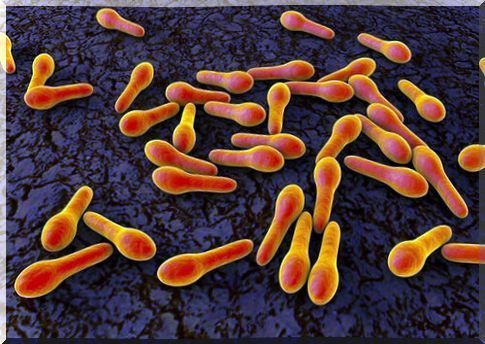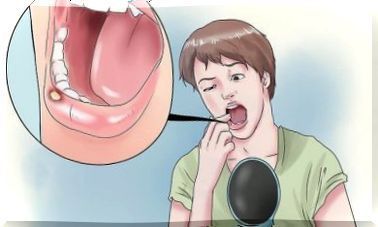What Is Botulism?
Do you know how to identify a food capable of transmitting botulism? Do you know the bacteria that is the cause of the disease? This microorganism can appear in any type of food, whether of animal or vegetable origin, but for its growth and proliferation it needs a lack of oxygen.
Symptoms such as double vision, nausea, vomiting or weakness accompanied by generalized paralysis, are indicative of an infection generated by the bacterium Clostridium botulinum . Canned foods are responsible for almost all sprouts, and in this article we explain why.
About botulism bacteria: Clostridium botulinum
The Clostridium botulinum is a microorganism that is classified in the obligatory anaerobic bacteria, as well as not need oxygen to carry out their metabolic processes, the existence of the same kills. It means that they are forced to live with low concentrations of the gas.
Clostridium botulinum has a characteristic rod shape, and another feature that distinguishes it from many bacteria is its ability to generate spores. This form of subsistence allows it to remain in a dormant state for long periods, and to activate when the environment is suitable for its growth and proliferation.
The microorganism has a variable resistance to oxygen. However, various studies maintain and agree that it never grows in atmospheres containing more than 10% of the gas.
What makes it dangerous?
Botulinum toxin is a neurotoxin produced by this microorganism, which acts on the myoneural layer of the human body. Thus, it prevents the correct path of the nerve impulse. Its mechanism of action can be collected in three different phases:
- The toxin hydrogen chain binds to receptors on the presynaptic membrane of the neuron. In other words, it concentrates its action on the human nervous system.
- The toxin enters the neuron by an active mechanism similar to endocytosis. The neuronal cell admits entry by absorbing the molecule.
- Inside the neuron, the toxin interferes with the release of acetylcholine. As there is not enough of it, the union between the nerve and the muscle does not fulfill the task of indicating the contraction of the fibers when it is necessary or when a command is sent from the brain.
In conclusion, botulinum toxin, by preventing the exit of acetylcholine from the neuron, makes it impossible to excite the muscles. The end result will be a lack of tonicity and contraction.

Types of botulism
Botulinum toxin will then be the cause of the pathology that we know as botulism. There are three basic and different types of Clostridium botulinum infection :
- By food: especially through canned food, in which the bacteria grow thanks to the lack of oxygen, impregnating the food with the toxin.
- In wounds: by the production of the toxin in contaminated lesions on the skin.
- Infant: by the ingestion of spores and the subsequent proliferation of the bacteria in the infant’s intestine. The highest risk group is those under 2 years of age, and this is one of the reasons why it is recommended not to incorporate foods such as honey until they are older.
Botulism symptoms
Botulism expresses itself in different ways, but its symptoms are not usually unnoticed. These include the following:
- Weakness with paralysis on both sides of the body.
- Abdominal cramps
- Difficulty speaking and swallowing.
- Breathing problems.
- Nausea and vomiting
- Decreased alertness.
After all, the toxin prevents muscle movement, with all the systemic failures that this entails. Therefore, if it is not treated in time, the patient’s prognosis can be fatal.
Diagnosis and treatment
To identify the bacteria, analyzes of the gastric and fecal content of the patient are performed, and these are searched for the presence of botulinum toxin. Once intoxication has been identified, primary treatment is based on immediate respiratory support.
Then an antitoxin is applied to nullify the potentially lethal effects. The patient usually remains intubated for a variable time for the administration of fluids, in cases in which the ability to swallow is not regained soon.
The prognosis is positive as long as the disease is identified quickly and the patient is given life support. Also essential is the availability of the antitoxin and the trace of cases that can arise among acquaintances, relatives, friends or neighbors who have consumed the same contaminated food.

What to remember about botulism?
Knowing the mechanisms of action of this bacterium and the symptoms of the disease is important, but the essential thing is to know how to prevent it. For this, various food control protocols have been established for canned foods.
By subjecting the packages to a temperature of 121 ° C for the established time, it should be enough to kill bacteria and spores. Preventing botulism depends, to a large extent, on complying with the food and home-made industries.









